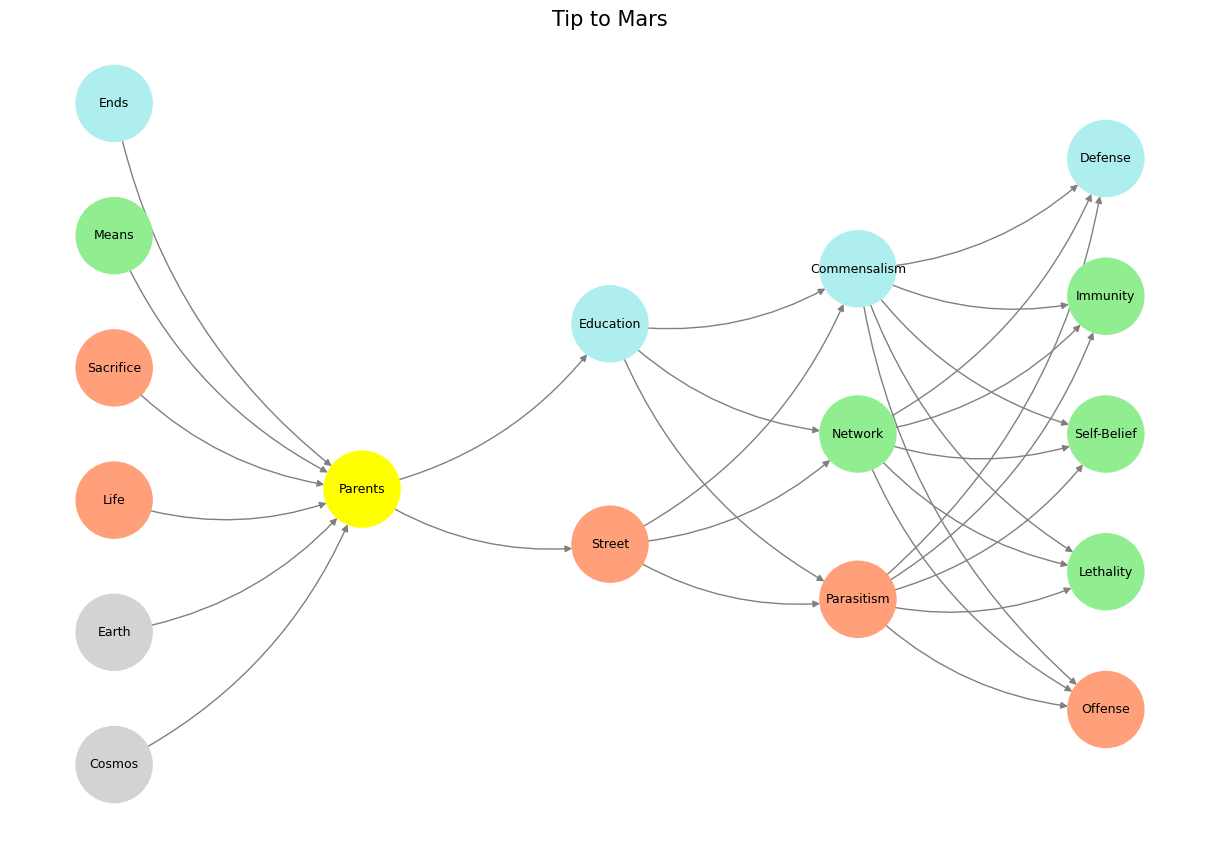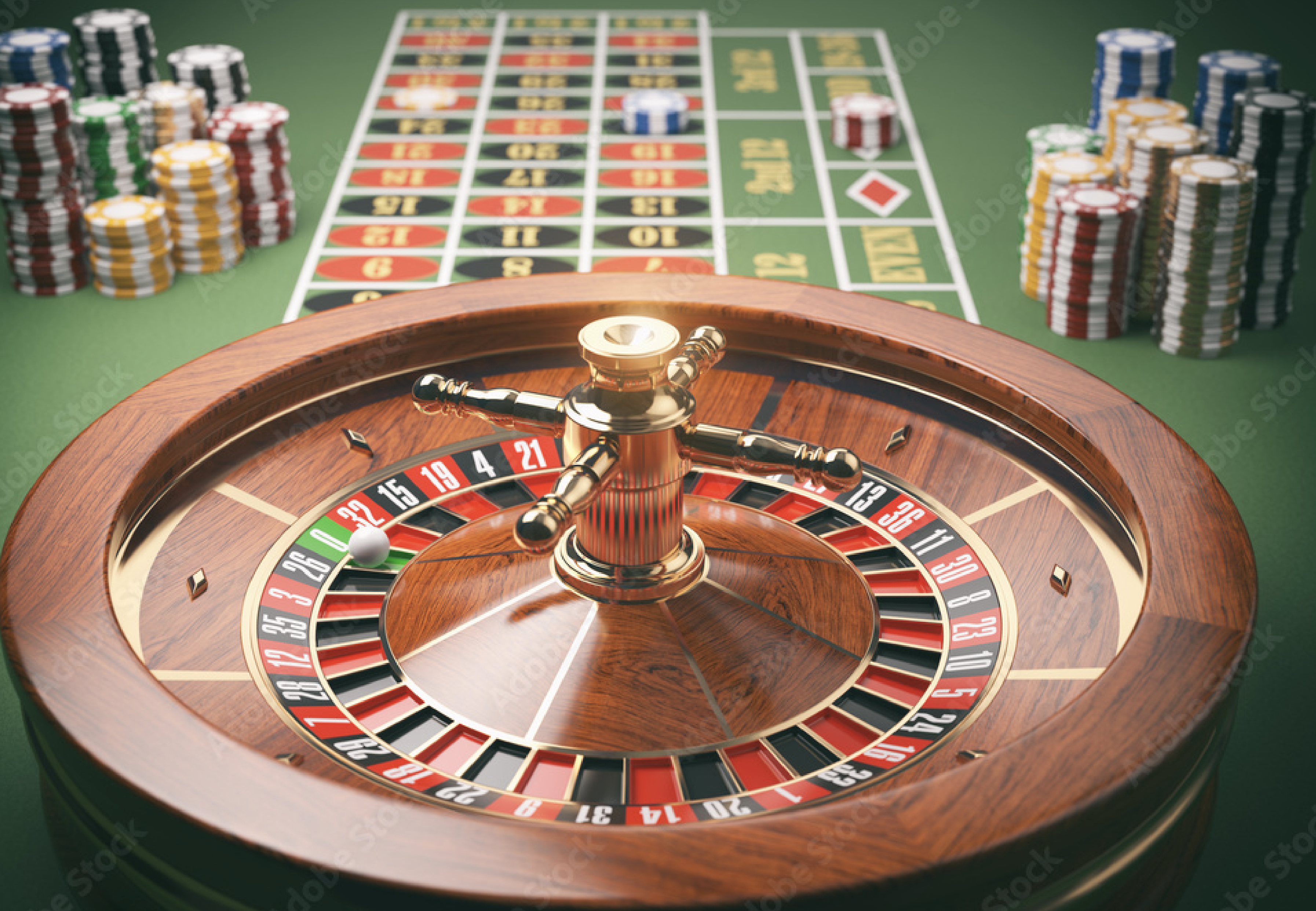Risk#
The Journey to Mars: A Neural Network Perspective#
The prospect of sending astronauts to Mars is no longer the realm of science fiction. It is an intricate dance of science, technology, and human resilience that aligns with the interconnected complexity of a neural network. Through the lens of the defined neural structure—rooted in layers such as World, Perception, Agency, Generativity, and Physicality—this monumental undertaking can be unpacked with clarity and depth.

Fig. 15 Elon Musk. It’s nice to wake up in the morning and look forward to something. And the greatest this about America is the spirit of Optimism.#
World: The Cosmos and the Earth’s Reach#
In the World layer, the nodes “Cosmos,” “Earth,” “Life,” “Sacrifice,” “Means,” and “Ends” serve as the foundation. The journey to Mars begins here, where humanity’s innate curiosity about the cosmos meets Earth’s resources and ingenuity. Mars is not merely a distant goal; it represents the “Ends” of a collective human aspiration to transcend terrestrial boundaries. Achieving this necessitates the “Means” of technological innovation, including spacecraft like SpaceX’s Starship, while accepting the “Sacrifice” inherent in the risks of such exploration.
Mars missions demand navigating the balance between resources and objectives. The “Life” node connects directly to the necessity of protecting astronauts from hazards such as cosmic radiation and microgravity-induced physiological decline. These challenges remind us that humanity’s reach toward the cosmos must be tempered by an acute awareness of our biological limitations.
Perception: The Role of “Parents” in Vision#
The singular node “Parents” in the Perception layer reflects the nurturing foundation for such an audacious endeavor. In this context, “Parents” represents not only the pioneers of space exploration, such as NASA and global space agencies, but also the technological and philosophical progenitors who inspire and enable the mission. Just as parents guide their offspring, these institutions provide the vision, frameworks, and early-stage investment in research and development.
Mars is not solely a technological mission; it is also a psychological and emotional challenge. Astronauts must carry the “parental” legacy of human exploration into the unknown, with resilience built upon centuries of collective learning and adaptation.
Agency: Education and Streets of Innovation#
The Agency layer’s nodes, “Street” and “Education,” signify the pathways through which humanity actualizes its goals. The “Street” represents the practical application of technological advancements, while “Education” reflects the accumulation and dissemination of knowledge.
A mission to Mars encapsulates the fusion of theoretical science and applied engineering. For instance, innovations in propulsion, radiation shielding, and life-support systems emerge from educational institutions but are tested and refined in the “streets” of real-world engineering challenges. This duality ensures that theoretical concepts evolve into actionable strategies.
Generativity: Parasitism, Network, and Commensalism#
Generativity highlights the ecosystem of interdependence among nodes, emphasizing the interplay of “Parasitism,” “Network,” and “Commensalism.” Mars missions thrive within a network of global collaboration, where nations, private enterprises, and research institutions pool resources for mutual benefit. The “Commensalism” node illustrates how this collaboration fosters progress without undermining individual stakeholders.
However, the presence of “Parasitism” in this layer acknowledges the inherent imbalances in resource allocation. For instance, critics might argue that funding Mars missions detracts from addressing pressing terrestrial issues. Still, the symbiotic relationships within the “Network” ensure that technological advancements for space exploration—such as medical innovations—ultimately benefit broader society.
Physicality: The Resilience of the Human Body#
The Physicality layer, with nodes like “Offense,” “Lethality,” “Self-Belief,” “Immunity,” and “Defense,” captures the physiological and psychological toll of a Mars mission. Prolonged exposure to microgravity leads to muscle and bone loss, encapsulated by the “Lethality” node. Radiation exposure compounds the risks, requiring robust “Defense” mechanisms, such as advanced spacecraft shielding.
“Self-Belief” becomes a crucial node here, symbolizing the astronauts’ psychological resilience. The isolation, confinement, and uncertainty of a multi-year mission necessitate immense mental fortitude. “Immunity” represents both the biological and emotional safeguards against the stresses of space travel, with rigorous pre-mission training and ongoing support acting as critical buffers.
A Neural Network for Mars#
The neural network perspective emphasizes the interconnectedness of the challenges and solutions in Mars exploration. Each layer contributes uniquely, from the overarching goals of the World layer to the granular physiological considerations of Physicality. Like a neural network, where the weights and connections between nodes determine the system’s output, the success of a Mars mission hinges on the seamless integration of these components.
Mars is not merely a destination but a crucible where the collective ingenuity, resilience, and ambition of humanity are tested. The journey exemplifies the complexity and interdependence of a neural network, where each node and layer plays an indispensable role in achieving a transformative outcome.
Show code cell source
import numpy as np
import matplotlib.pyplot as plt
import networkx as nx
# Define the neural network structure
def define_layers():
return {
'World': ['Cosmos', 'Earth', 'Life', 'Sacrifice', 'Means', 'Ends', ],
'Perception': ['Parents'],
'Agency': ['Street', 'Education'],
'Generativity': ['Parasitism', 'Network', 'Commensalism'],
'Physicality': ['Offense', 'Lethality', 'Self-Belief', 'Immunity', 'Defense']
}
# Assign colors to nodes
def assign_colors():
color_map = {
'yellow': ['Parents'],
'paleturquoise': ['Ends', 'Education', 'Commensalism', 'Defense'],
'lightgreen': ['Means', 'Network', 'Immunity', 'Self-Belief', 'Lethality'],
'lightsalmon': [
'Life', 'Sacrifice', 'Street',
'Parasitism', 'Offense'
],
}
return {node: color for color, nodes in color_map.items() for node in nodes}
# Calculate positions for nodes
def calculate_positions(layer, x_offset):
y_positions = np.linspace(-len(layer) / 2, len(layer) / 2, len(layer))
return [(x_offset, y) for y in y_positions]
# Create and visualize the neural network graph
def visualize_nn():
layers = define_layers()
colors = assign_colors()
G = nx.DiGraph()
pos = {}
node_colors = []
# Add nodes and assign positions
for i, (layer_name, nodes) in enumerate(layers.items()):
positions = calculate_positions(nodes, x_offset=i * 2)
for node, position in zip(nodes, positions):
G.add_node(node, layer=layer_name)
pos[node] = position
node_colors.append(colors.get(node, 'lightgray')) # Default color fallback
# Add edges (automated for consecutive layers)
layer_names = list(layers.keys())
for i in range(len(layer_names) - 1):
source_layer, target_layer = layer_names[i], layer_names[i + 1]
for source in layers[source_layer]:
for target in layers[target_layer]:
G.add_edge(source, target)
# Draw the graph
plt.figure(figsize=(12, 8))
nx.draw(
G, pos, with_labels=True, node_color=node_colors, edge_color='gray',
node_size=3000, font_size=9, connectionstyle="arc3,rad=0.2"
)
plt.title("Tip to Mars", fontsize=15)
plt.show()
# Run the visualization
visualize_nn()


Fig. 16 Change of Guards. In Grand Illusion, Renoir was dealing the final blow to the Ancién Régime. And in Rules of the Game, he was hinting at another change of guards, from agentic mankind to one in a mutualistic bind with machines (unsupervised pianos & supervised airplanes). How priscient!#

